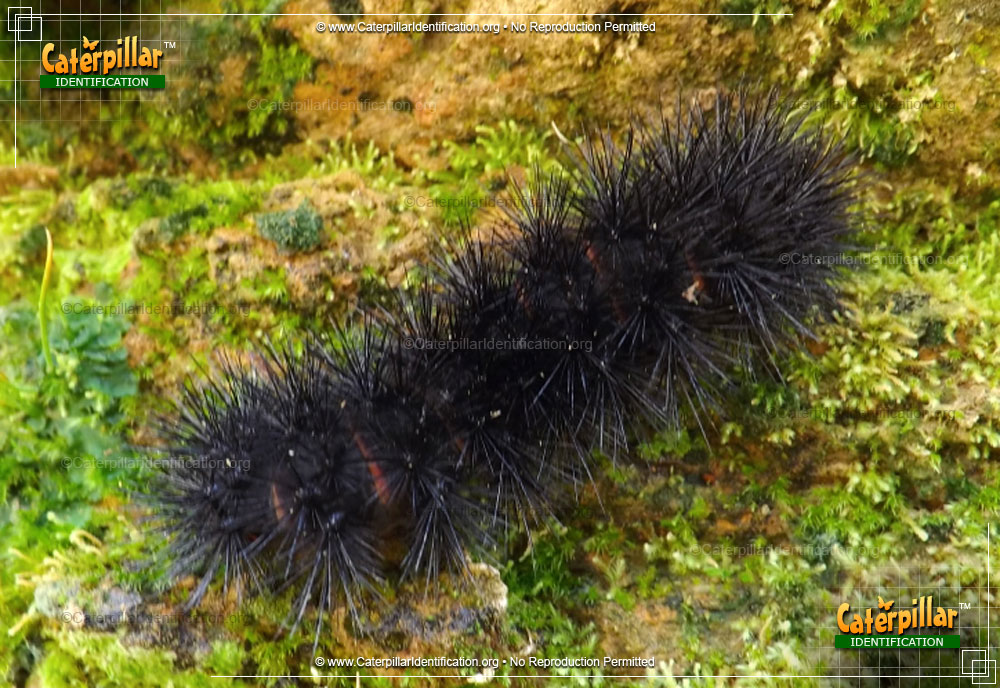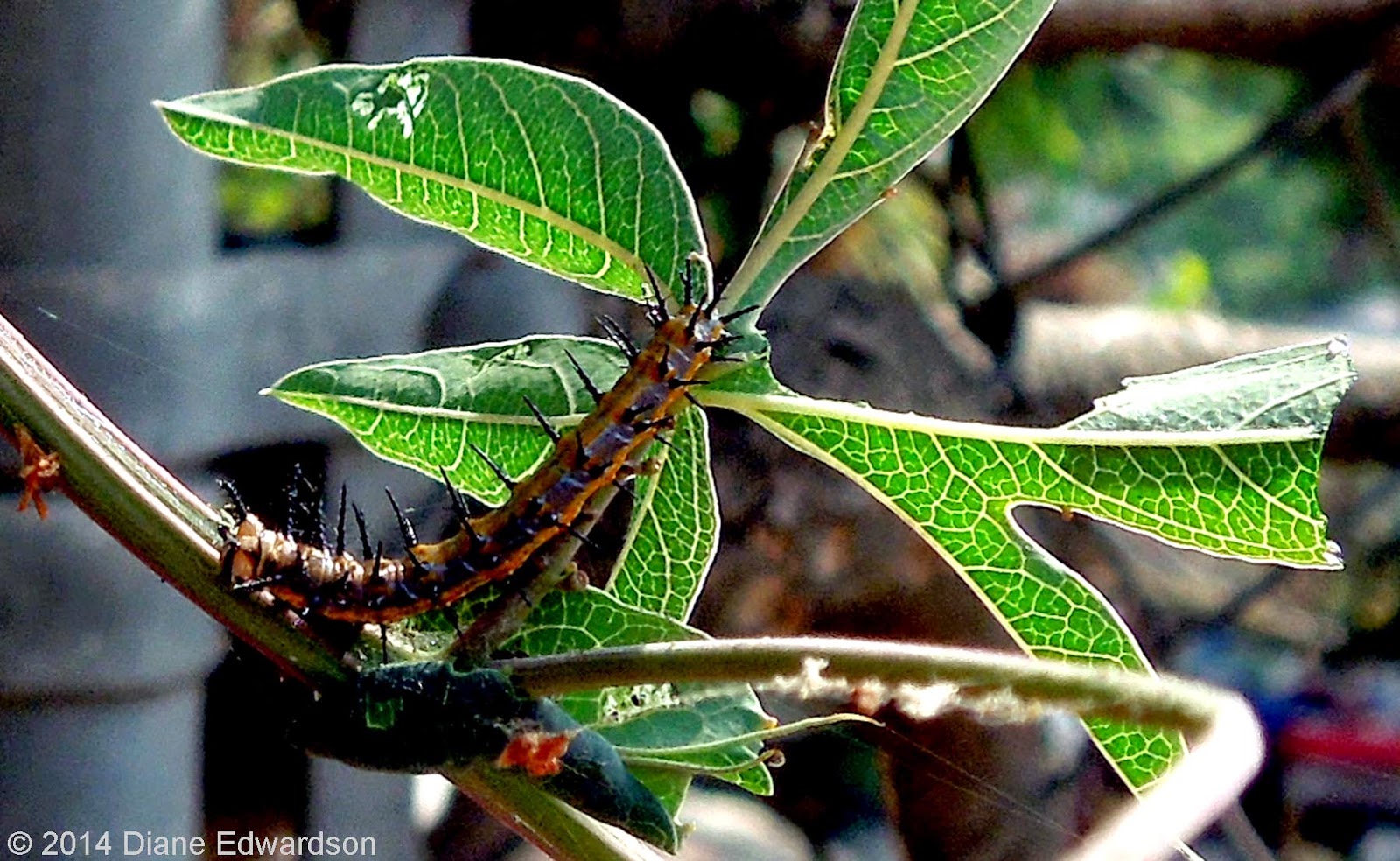

There is no standard treatment for stinging nettle dermatitis. Extracts from the stinging nettle may provide therapeutic value for some inflammatory medical conditions. The released chemicals act to cause itching, dermatitis, and urticaria within moments of contact. Contact with the hairs or spines on the stems and leaves of the stinging nettle causes the release of several biologically active substances. The stinging nettle (Urtica dioica) is a common weed that can cause a wide range of cutaneous reactions. All rights reserved.Īnderson, Bryan E Miller, Christopher J Adams, David R The resulting phylogeny and comparative analysis of feeding strategy revealed that the nettle caterpillar morphology and behavior of larval fasting may have a single origin. Maximum likelihood and Bayesian analyses were conducted. These were sequenced for three molecular markers for a total of 4073 bp, mitochondrial COI (âˆ❁500 bp), 18S (âˆ❁900 bp) and the D2 region of 28S (approximately 670 bp). Four out-group species representing Megalopygidae (1 sp), Dalceridae (1 sp) and Aididae (2 sp) were included.

Twenty-nine species of Limacodidae (including one Chrysopolominae) representing 27 genera and four outgroup species with known first and final instar morphologies and behaviors were included. This study focused on whether the evolution of fasting associated with the nettle morphology was a derived trait of single or multiple origins. In contrast, gelatines and monkey slug larval forms feed in the first instar. In nettle caterpillars, the first instars fast and molt into a second instar that feeds. In the slug moth family Limacodidae, the evolution of chemical defense is coupled to the life history trait of first instar feeding behaviors. Studies of caterpillar defense strategy evolution typically focus on aposematic coloration, gregarious behavior, and/or chemical defense. Origin of the hungry caterpillar: Evolution of fasting in slug moths (Insecta: Lepidoptera: Limacodidae). In addition, this paper also presents the numerical simulation of the model which has been constructed. Two of three equilibrium points are stable if the Routh-Hurwitz criteria are fulfilled. The derivation of the model constructed in this paper is obtained from ordinary differential equations without time delay. The two infectious diseases arise due to two biological agents, namely Bacillus thuringiensis bacterium and parasite which usually attack nettle caterpillars. This paper describes a mathematical model of two infectious diseases in nettle caterpillar population. biological agents given to oil palm trees. The pest control used in this study is biological control, viz.

One of the pest which often infests oil palm plantations is nettle caterpillar. However, the effectiveness of palm oil production is reduced by pest infestation. The area of oil palm plantations in Indonesia has increased from year to year. Palm oil is a vital commodity to the economy of Indonesia. Model of two infectious diseases in nettle caterpillar population The numerical simulations are constructed to give a representation how the predator as the natural enemies affects the nettle caterpillar life cycle. The equilibrium points of the model are analyzed. We construct a deterministic model that describes the life cycle of the caterpillar and its mitigation by using a caterpillar predator. The nettle caterpillars are leaf eaters that can significantly decrease palm productivity. Caterpillars are the main pests in oil palm. The existence of pests in plants can be caused by various factors, so the anticipation in controlling pest attacks should be prepared as early as possible. Pests and diseases are the main factors that can reduce production levels by up to 40%. However, the level of palm oil productivity is lower than its potential. The level of palm oil productivity is very potential to increase every year. Palm oil is an excellent product in the plantation sector in Indonesia. A deterministic model of nettle caterpillar life cycle


 0 kommentar(er)
0 kommentar(er)
